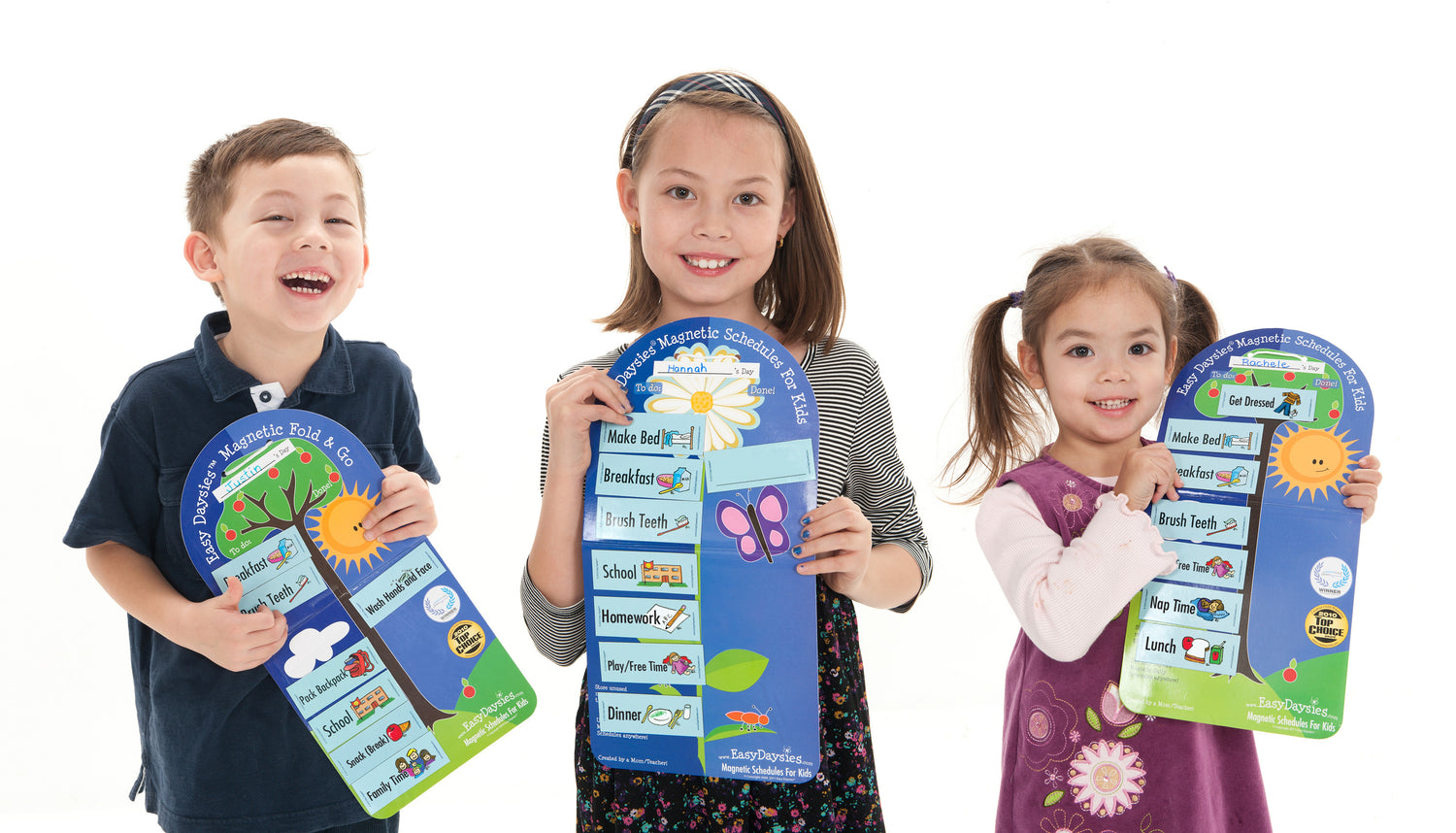It's a common scenario for parents to face tantrums from their kids. Tantrums are a way for children to express their emotions when they can't find the right words to communicate. However, dealing with tantrums can be overwhelming for parents, especially if they don't know how to handle them effectively.
Understanding Tantrums
Tantrums can occur at any age, but they are most common in toddlers and preschoolers. Children throw tantrums when they feel frustrated, angry, or overwhelmed. They may cry, scream, kick, or hit to express their emotions. Tantrums can be triggered by a variety of reasons, such as hunger, tiredness, boredom, or a desire for attention.

Preventing Tantrums
Preventing tantrums is not always possible, but there are some strategies that can help reduce their frequency:
- Stick to a routine: Children thrive on routine, so try to maintain a consistent schedule for meals, naps, and bedtime.
- Avoid triggers: If you know that your child gets cranky when they are hungry or tired, plan ahead and have snacks or a nap ready.
- Give choices: Children like to feel in control, so offer them choices whenever possible. For example, ask if they want to wear the red or blue shirt.

Dealing with Tantrums
Despite your best efforts, tantrums can still happen. Here are some tips to help you deal with them:
- Stay calm: It can be easy to get frustrated or angry when your child is having a tantrum, but try to stay calm and composed.
- Validate their feelings: Let your child know that you understand how they feel. Use phrases like "I see that you're upset" or "I know it's hard."
- Offer comfort: Sometimes, all your child needs is a hug or a reassuring pat on the back.
- Redirect their attention: Distract your child with a toy, a book, or a game to shift their focus away from the tantrum.

Teaching Self-Regulation
One of the best ways to prevent tantrums in the long run is to teach your child self-regulation skills. Self-regulation is the ability to manage one's emotions and behavior in a way that is appropriate for the situation. Here are some ways to help your child develop self-regulation:
- Model calm behavior: Children learn by example, so try to model calm and controlled behavior when you are feeling upset or frustrated.
- Teach coping strategies: Give your child tools to manage their emotions, such as taking deep breaths, counting to ten, or using positive self-talk.
- Praise good behavior: When your child is able to manage their emotions and behavior, praise them for their efforts.

When to Seek Help
While tantrums are a normal part of childhood, there are times when they may indicate a more serious problem. If your child's tantrums are frequent, intense, or last for a long time, it may be a sign of an underlying issue. Talk to your child's pediatrician or a mental health professional if you have concerns.

Dealing with tantrums can be challenging, but with patience, understanding, and the right strategies, you can help your child manage their emotions in a healthy way. You've got this!
Warmly,



